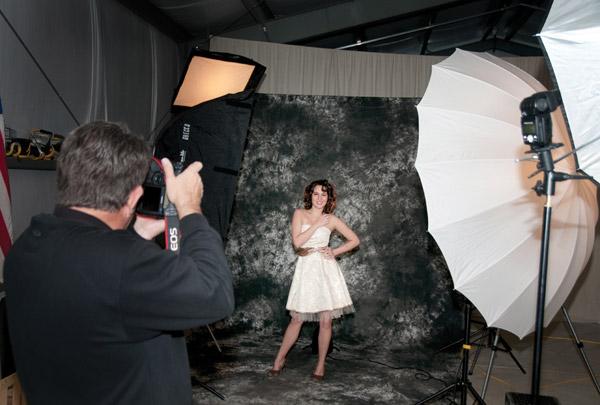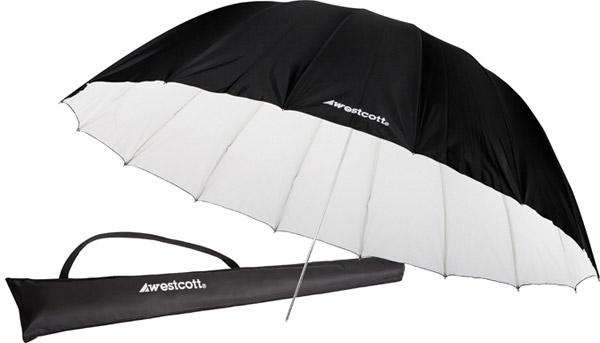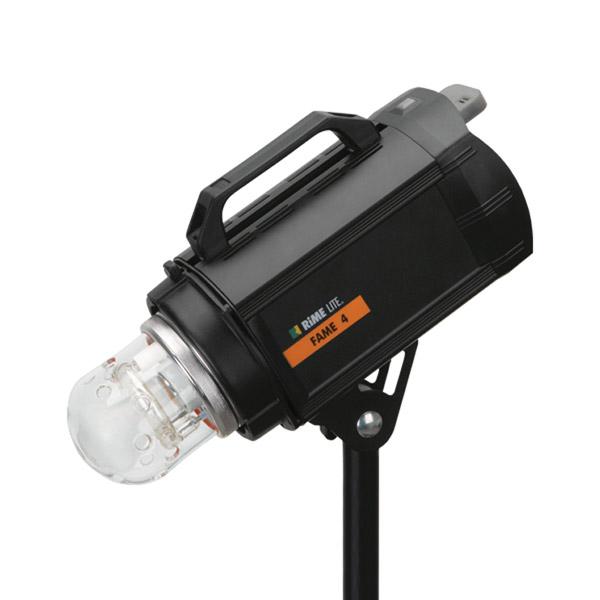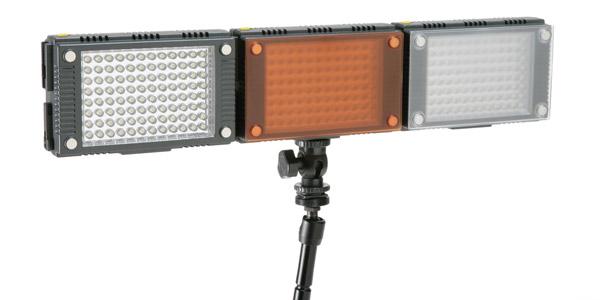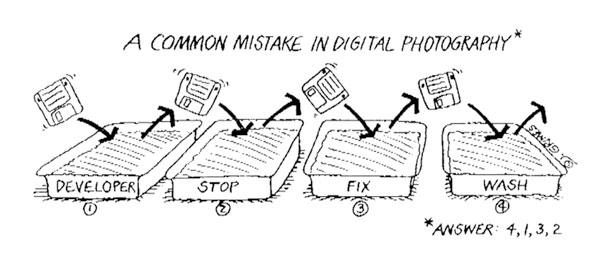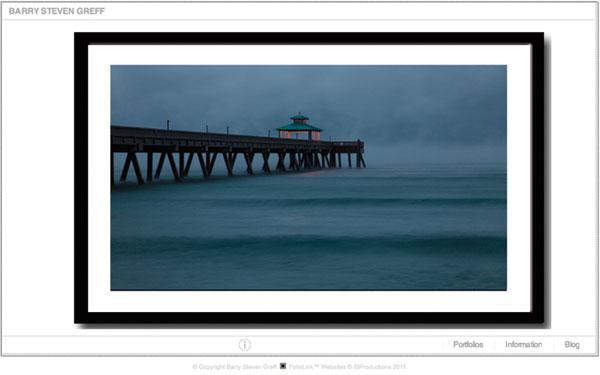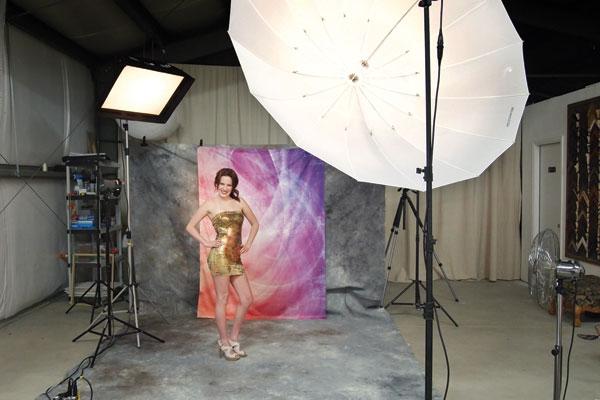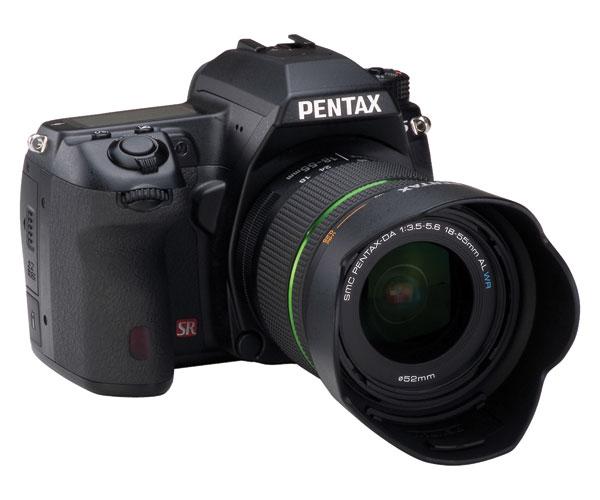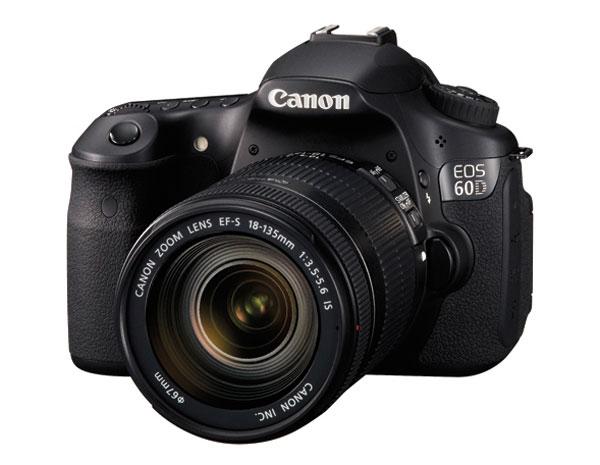Joe Farace
|
Jan 09, 2012 |
First Published: Nov 01, 2011
|
Dec 30, 2011 |
First Published: Nov 01, 2011
|
Dec 21, 2011 |
First Published: Nov 01, 2011
|
Dec 20, 2011 |
First Published: Nov 01, 2011
|
Dec 08, 2011 |
First Published: Nov 01, 2011
|
Nov 29, 2011 |
First Published: Oct 01, 2011
|
Nov 23, 2011 |
First Published: Oct 01, 2011
|
Nov 18, 2011 |
First Published: Oct 01, 2011
|
Nov 11, 2011 |
First Published: Oct 01, 2011
|
Nov 08, 2011 |
First Published: Oct 01, 2011

